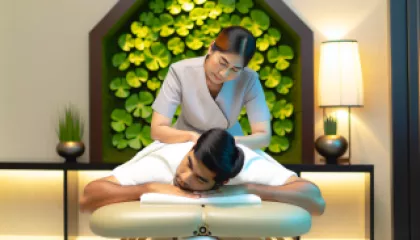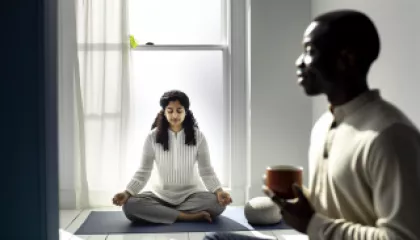Hello, I’m Roger Brown.
At 26, I've cultivated a serene and compassionate space where you can feel comfortable exploring your thoughts and emotions. My approach centers on creating a tranquil and safe environment for you to heal and grow.
Are you feeling overwhelmed by the pressures of life? Struggling with loneliness or the stress of caring for aging parents? Perhaps you're navigating the complexities of ethical dilemmas or seeking better ways to cope with academic pressure?
I'm here to support you. Together, we can develop effective coping strategies tailored to your unique situation. Whether you’re dealing with loneliness, managing the demands of elderly mental care, or facing caregiver stress, I offer a compassionate ear and practical techniques to help you find balance.
For parents and educators, I provide guidance on special education and understanding diverse learning styles. Building a strong parent-child relationship is crucial, and I’m committed to helping you foster resilience in kids. If a breakup has left you feeling lost, we can work through the pain together, focusing on emotional wellness strategies and rebuilding your sense of self.
Friendships play a vital role in our lives, and I can help you navigate the intricacies of friendship psychology. Together, we’ll explore mindfulness vs. meditation techniques to enhance your emotional well-being, as well as the benefits of physical touch in maintaining mental health.
Understanding and addressing emotional neglect is another area where I offer support. We can debunk mental health myths that may be holding you back, allowing for a more accurate and compassionate view of yourself and others. Developing your intuition and inner wisdom will empower you to make decisions that align with your true self.
With a focus on emotional wellness strategies, I aim to create a peaceful and nurturing atmosphere where you can feel understood and supported. Let’s embark on this journey together, discovering new pathways to resilience and well-being.
Take the first step towards healing and book a session with me today. I look forward to walking alongside you on this path to a more fulfilling and balanced life.





